The Galápagos Islands, the first ever UNESCO-designated World Heritage Site, are famed for their extraordinary biodiversity. A remarkable 97% of the Galápagos landmass forms the Galápagos National Park which protects over 3,000 square miles of islets and islands, while the Galápagos Marine Reserve safeguards over 75,000 square miles of ocean including an expansion announced last year.
It’s now widely accepted that as a result of climate change, the world’s oceans are heating up, threatening coral life and other marine creatures that will suffer from both warming and ocean acidification as the waters absorb more carbon dioxide.
However, a glimmer of good news is that the waters off the west coast of the Galápagos Islands are bucking the trend. This patch of nutrient-rich water is currently cooling, with potentially significant, and beneficial, ecological consequences.
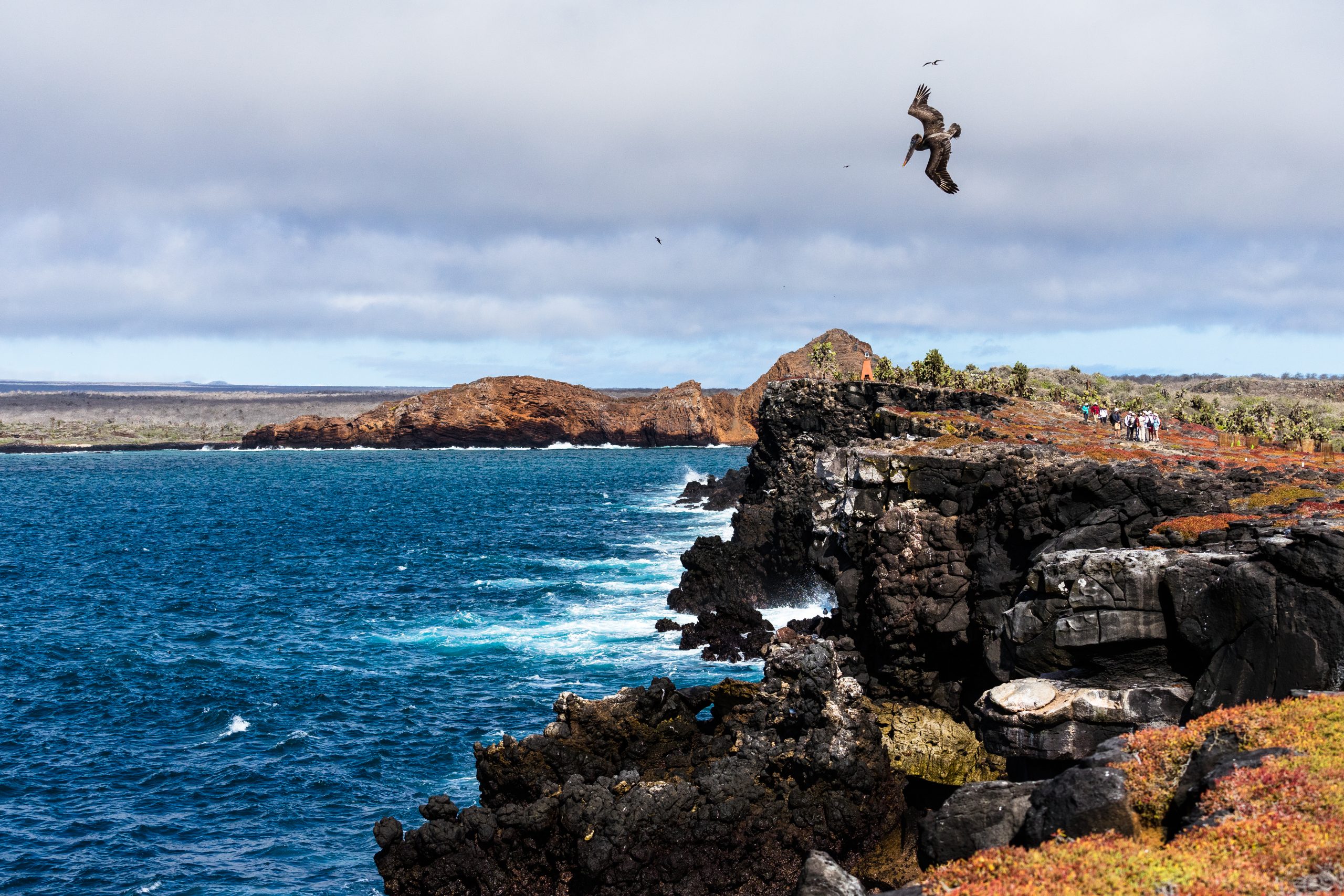
Could it be that this cool pool, the temperature of which has dropped by around half a degree over the past four decades, could have positive implications? The archipelago is famously positioned at a point where three ocean currents collide, including a cool stream coming up from Antarctica which is laden with nutrients. Studies suggest that this current, upwelling as it reaches the islands, will continue to provide the abundant marine wildlife in the archipelago with food and shelter in a world of warming seas?
This nutrient-rich environment feeds phytoplankton, supporting a multitude of life around the islands that makes the Galapagos such a unique environment for snorkelers, photographers and other visitors alike. As Judith Denkinger, marine ecologist at the Universidad San Francisco de Quito in Ecuador explains: “The cool water sustains populations of penguins, marine iguanas, sea lions, fur seals, and cetaceans that would not be able to stay on the equator year round.”
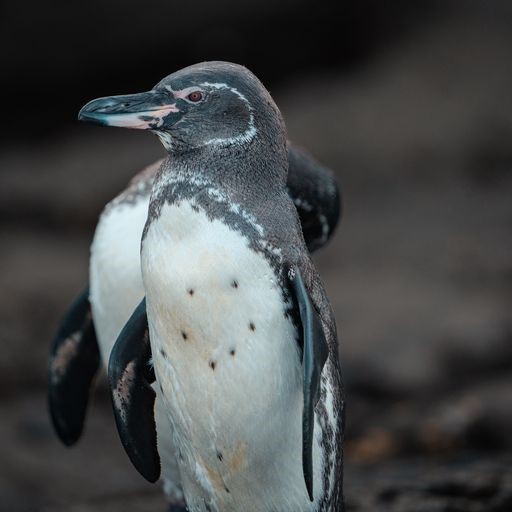
A recent study by Kris Karnauskas and Donata Giglio, climate scientists at the University of Colorado Boulder found that upwelling, caused by a deep ocean current colliding with the islands, is causing the waters around the Galapagos to cool, with this natural phenomena assisted by the shape of the seafloor and the spinning of the earth. These findings are potentially hugely significant, as these factors are unlikely to shift as a result of of rising greenhouse gases above the surface.
The scientists noted that other islands along the equator are also seeing unusually cold water on their western sides. “There’s a tug of war going on between our greenhouse effect causing warming from above, and the cold ocean current. Right now, the ocean current is winning—it’s not just staying cool, it’s getting cooler year after year” Kris Karnauskas explains.
Cautious optimism
For now at least, the phenomenon is a cause for cautious optimism; the western fringes of the tropical Galápagos are offering refuge to marine animals and birds who normally live much closer to the poles, shielding them from some of the negative effects of climate change and maintaining a crucial food chain that wouldn’t typically exist at these latitudes.
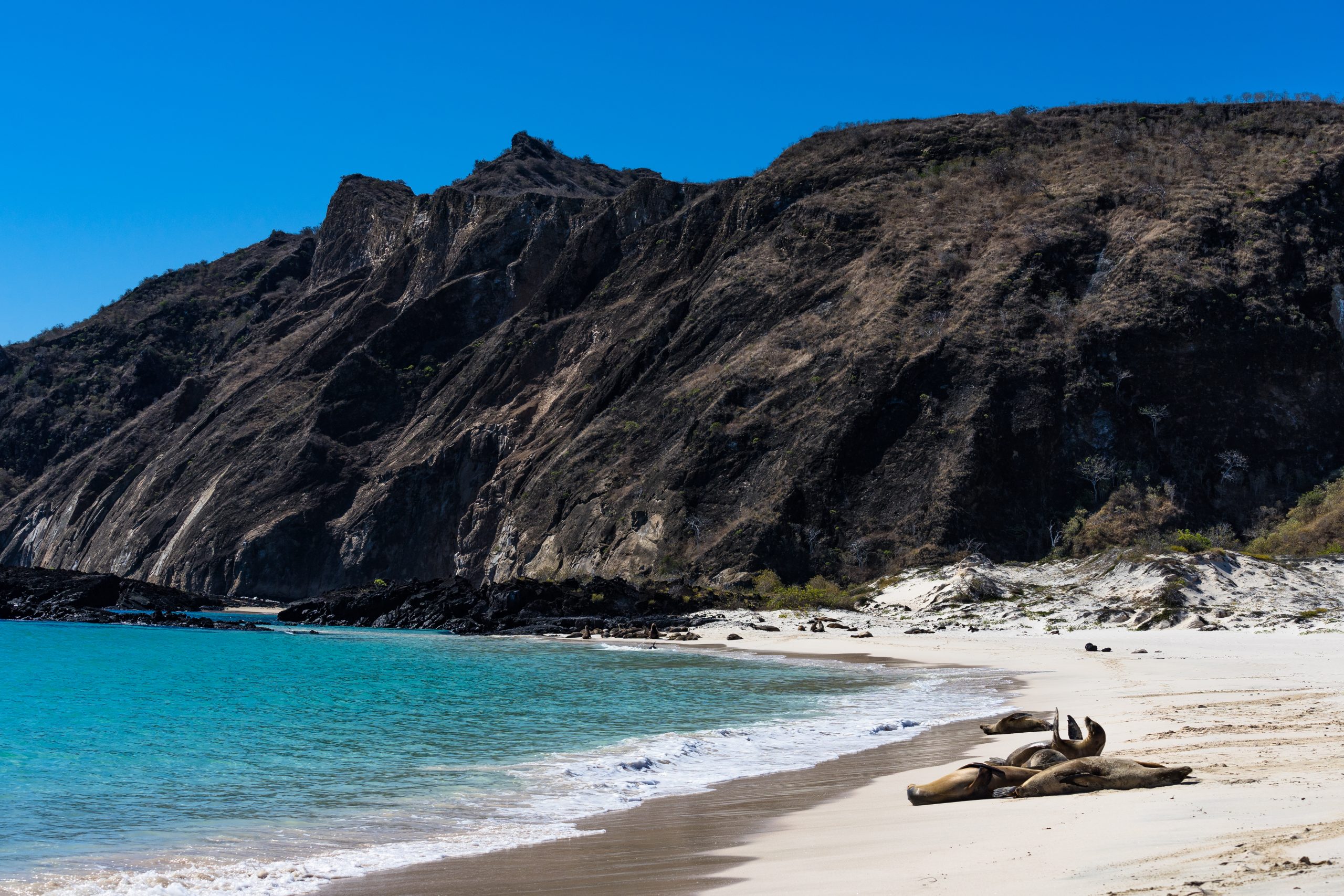
Two thirds of the endangered Galápagos penguins – the most northerly penguins on the planet – for example, inhabit a 50-km long stretch of the western coastline of Isabela Island. The Galápagos fur seal and Galápagos sea lion are thriving in the archipelago described as a ‘living museum and showcase of evolution’ by the UNESCO World Heritage Convention.
A project led by the Charles Darwin Foundation has recently uncovered a new species of alga in the form of a vast kelp forest located at a depth of around 50 meters in the southern Galápagos. These cold-water loving kelps are a brown seaweed species, which form colossal marine forests and are key to maintaining marine biodiversity. Previously they have only ever been seen in colder waters.
What’s more, a scientific expedition exploring the deep waters of the Galapagos Marine Reserve recently discovered an unknown coral reef, abundant with marine life. “This is very important at a global level because many deepwater systems are degraded”, remarked Stuart Banks, senior marine researcher at the Charles Darwin Foundation. Stuart took part in the expedition, noting that the coral is several thousand years old.
It was widely believed that much of the Galapagos coral was wiped out in El Nino weather events in the 1980s, with only a reef off the coast of Darwin Island surviving. This find proves that more coral than thought has persisted and, given it acts as breeding, nursery and feeding areas for many marine species, this can only be good news.
Clearly there is still so much of the archipelago to be discovered and preserved. Perhaps if coral can be protected and the marine food chain maintained, the flora and fauna of the Galápagos could help maintain struggling ecosystems and keep fisheries operating to support the local economy.
As Kris Karnauskas points out: “As the Galápagos so far has been relatively unaffected by climate change, it’s worth looking at the Galápagos as a potential site to really try to put some climate change mitigation efforts into”.
It’s never been more important to preserve this fragile ecosystem and at Ecoventura we pride ourselves on offering year-round sustainable tourism.
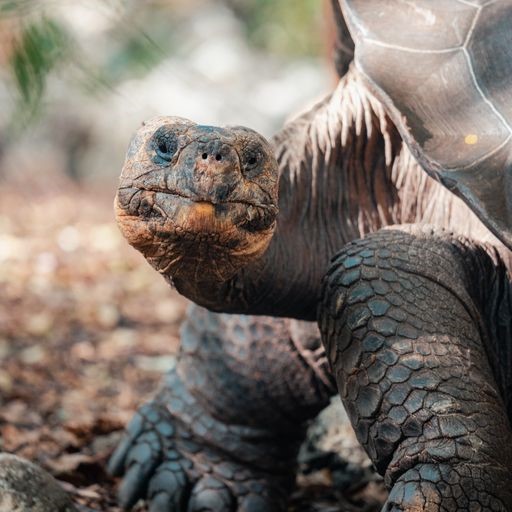
Keeping cool
There’s no bad time to travel to the Galápagos. The warmer season which runs from January to May is always popular, although these months can also be wetter, so another option is to opt for a trip in the cooler, drier season which runs from June to December.
Fall is an appealing time of year to travel for many reasons – the climate is just about perfect from September onwards when balmy, drier days set in. With children back at school, you’ll find fewer crowds and greater flexibility to explore the islands and the climate is ideal for hiking, trekking kayaking, snorkeling or diving.
And what’s more, we currently have some great special offers for anyone looking to book a trip in the next few months, so be sure to check them out!
Between July and November, the Humboldt Current is strong and nutrients in the water are at their most plentiful, which spurs marine life into action. With waters that are crystal clear, prepare to be wowed by astounding displays from a host of star performers – tropical fish, sea turtles and rays, marine iguanas, penguins and sea lions just a few of the creatures you’ll see.
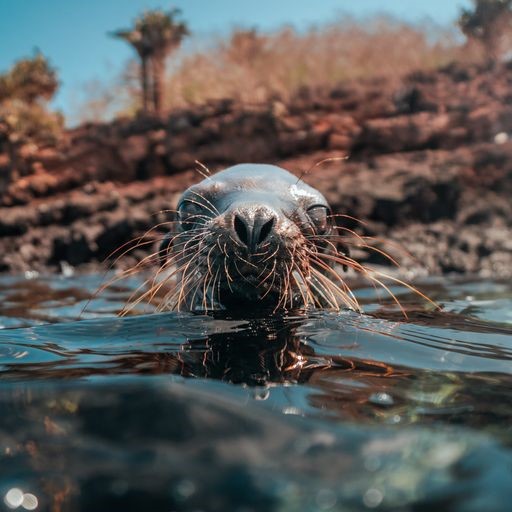
Take your trip in the Fall and you’ll find yourself in the midst of the breeding season, surrounded by Galápagos sea lions and their pups. As the babies develop, they love splashing around and hanging out in the shallows – always a highlight for passengers lucky enough to see them. By November, mature sea lions are ready to mate so you’ll be guaranteed prime viewing of their elaborate courtship displays.
If whale and dolphin spotting appeals, Fall is the best time of year to visit the Galápagos. Our Volcanic Wonders itinerary takes you to Fernandina, on the west of the archipelago. Crossing the Bolivar Channel, famed for its cool, nutrient-rich waters thanks to the effect of the Humboldt Current, you can expect to spot dolphins, orcas, humpbacks, sperm whales and possibly even blue whales.
Fall is nesting season, when many of the Islands’ celebrated birds are nesting, hatching and raising chicks – including the Galapagos’ famous blue-footed boobies. These birds have their own unique approach to dating, performing a particularly comical two step strut to find a mate, and by the Autumn visitors should be able to spot chicks beginning to emerge from their nests to explore the world.
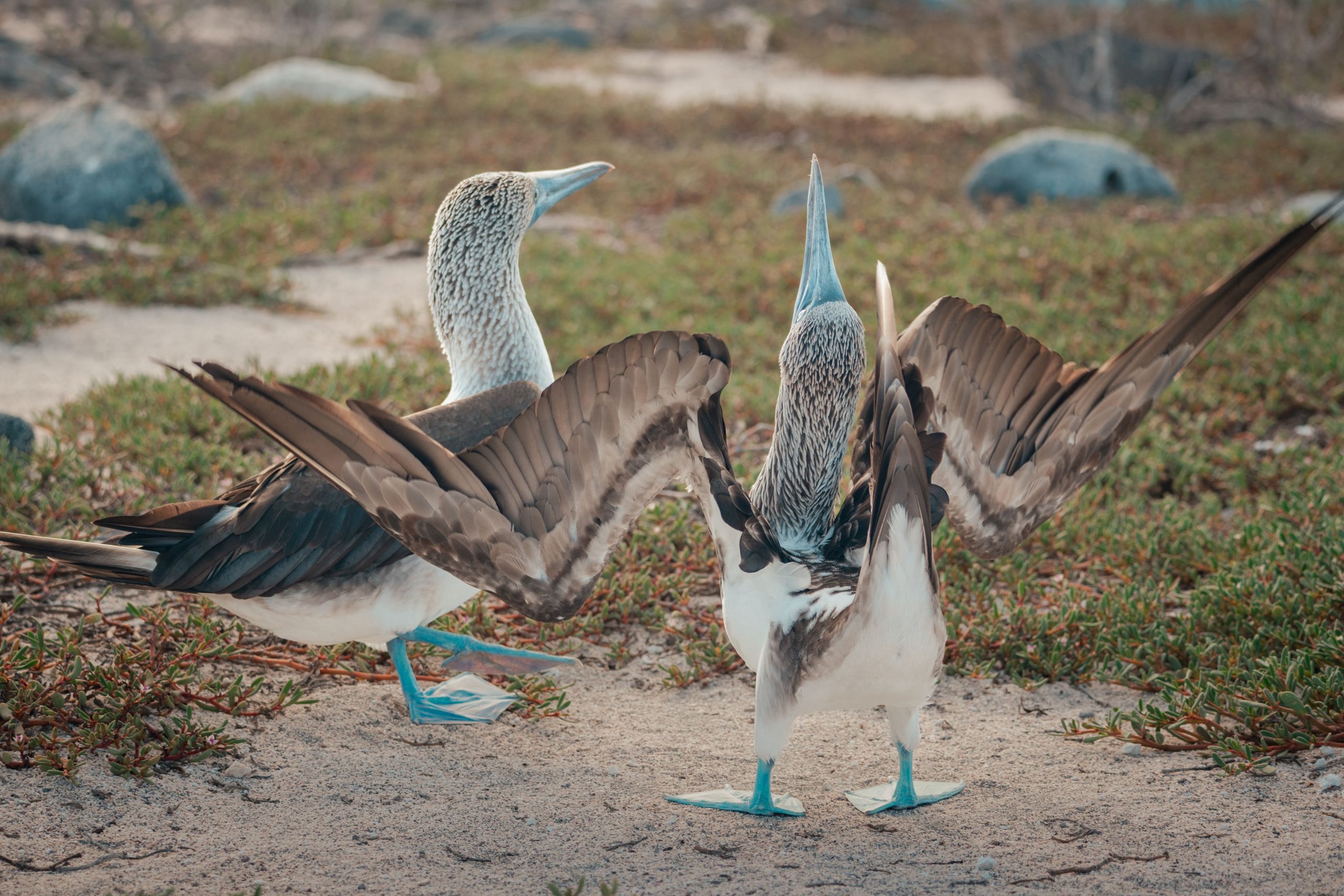
Photography opportunities are at their best at this time – with less rain and light cloud cover, you’ll find optimum natural lighting conditions and breath-taking sunrises and sunsets. The famously fearless creatures of the Galápagos are most accommodating to photographers seeking that winning shot – why not join one of our ever-popular photography departures?
Feel free to contact us to hear more – we look forward to hearing from you.




